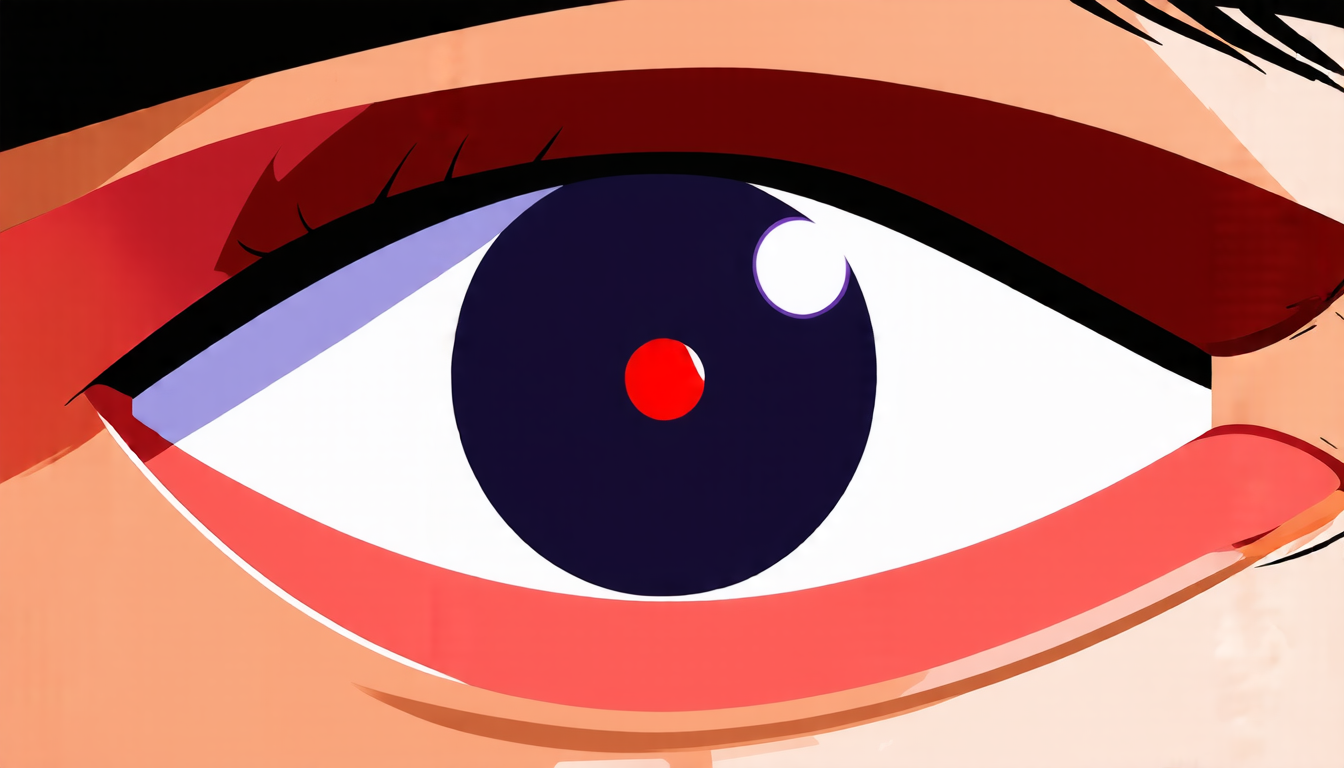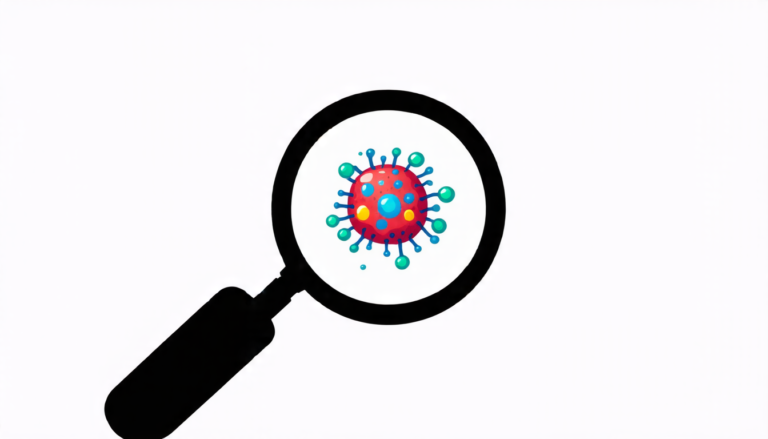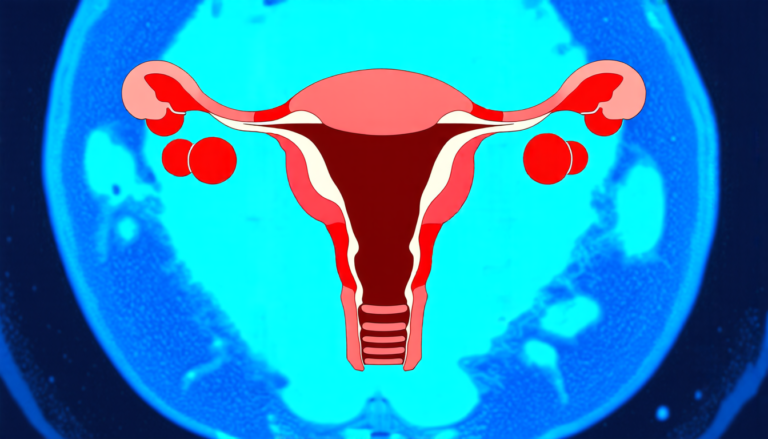Saturday 05 April 2025
Scientists have made a significant breakthrough in developing an artificial intelligence-powered system that can automatically detect and analyze diabetic retinopathy, a leading cause of vision loss worldwide.
The innovative technology uses optical coherence tomography (OCT) images to identify the telltale signs of diabetic retinopathy. OCT imaging is a non-invasive procedure that creates detailed cross-sectional images of the retina, allowing doctors to examine the tiny blood vessels and layers of the eye.
Using machine learning algorithms, the AI system can analyze these OCT images with unprecedented speed and accuracy, detecting even the slightest changes in the retinal structures. This means that doctors can now quickly identify patients at risk of developing diabetic retinopathy, and take proactive measures to prevent vision loss.
One of the most exciting aspects of this technology is its ability to segment different layers of the retina, including the inner limiting membrane, ganglion cell layer, and photoreceptor layer. By analyzing these layers, doctors can gain valuable insights into the progression of diabetic retinopathy and develop personalized treatment plans for each patient.
The AI system has been tested on a large dataset of OCT images from patients with varying stages of diabetic retinopathy. The results are impressive, with the technology accurately detecting fluid accumulation, hyperreflective foci, and other signs of disease progression.
But what does this mean for patients? In short, it means that doctors can now diagnose and treat diabetic retinopathy more effectively, reducing the risk of vision loss and improving overall quality of life. No longer will patients have to wait weeks or even months for a diagnosis – with this technology, they can receive timely treatment and start seeing improvements in their eyesight.
The impact of this breakthrough is far-reaching, not just for patients but also for healthcare systems worldwide. With the ability to rapidly diagnose and treat diabetic retinopathy, doctors can focus on other pressing medical issues, freeing up resources and reducing costs.
As researchers continue to refine this technology, we can expect even more exciting advancements in the field of ophthalmology. But for now, it’s clear that this AI-powered system is a major step forward in the fight against diabetic retinopathy – and a beacon of hope for those living with this devastating condition.
Cite this article: “Automated Optical Coherence Tomography Analysis Reveals Distinct Retinal Structural Changes in Diabetic Retinopathy Patients”, The Science Archive, 2025.
Artificial Intelligence, Diabetic Retinopathy, Optical Coherence Tomography, Machine Learning, Retina, Vision Loss, Ophthalmology, Ai-Powered System, Oct Images, Disease Progression







